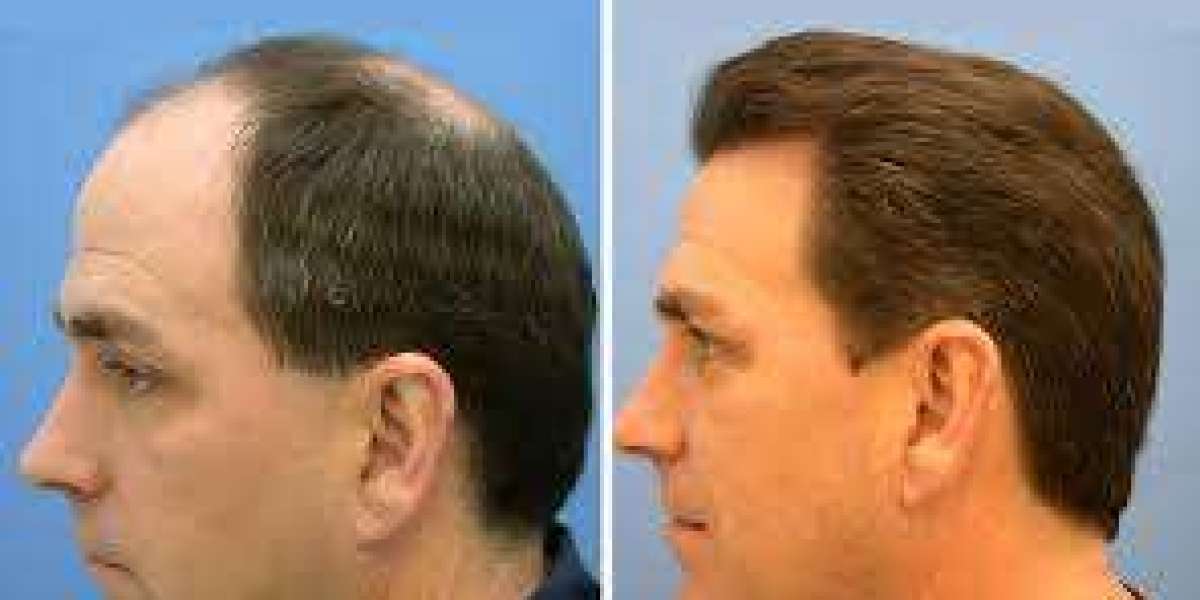Hair transplants have become one of the most popular and effective solutions for restoring lost hair and rebuilding confidence. The results are often natural, permanent, and life-changing. However, like any medical procedure, it’s important to understand the potential hair transplant side effects in Dubai before undergoing treatment. Being well-informed helps you prepare for a smooth and successful recovery.
Are Hair Transplants Safe?
Modern hair transplant techniques like FUE (Follicular Unit Extraction) and FUT (Follicular Unit Transplantation) are considered safe and minimally invasive. They are performed under local anesthesia and involve very low risk when handled by qualified professionals.
Still, as with any surgical intervention, some temporary side effects may occur — most of which are part of the natural healing process and resolve on their own.
Common Hair Transplant Side Effects in Dubai
1. Swelling
Mild swelling in the forehead and around the eyes may occur, especially in the first few days after the procedure. This is due to fluid retention and usually disappears within 3–5 days.
2. Redness and Scabbing
The treated areas (both donor and recipient sites) may appear red or slightly inflamed. Tiny scabs form around the grafts, which fall off naturally within 7–10 days.
3. Itching
As the scalp heals, you might experience itchiness. While this is normal, it’s crucial not to scratch the scalp as it may disturb the newly implanted grafts.
4. Temporary Hair Shedding
This is known as “shock loss” and is one of the most misunderstood hair transplant side effects in Dubai. The newly transplanted hair often falls out 2–4 weeks after surgery — but the follicles remain intact. Regrowth starts in a few months.
5. Numbness or Tingling
Mild numbness or tingling in the scalp is common and usually caused by the local anesthesia or nerve sensitivity. Sensation typically returns to normal within a few weeks.
6. Minor Pain or Discomfort
Some tightness or discomfort may be felt in the donor area, especially with the FUT method. Over-the-counter medication is usually sufficient to manage any pain.
7. Folliculitis (Inflammation of Hair Follicles)
In some cases, small pimple-like bumps may appear on the scalp. This condition, known as folliculitis, is usually temporary and can be treated with warm compresses or topical medication if needed.
Rare or Less Common Side Effects
Though uncommon, here are a few other possible reactions:
Infection: Very rare with proper hygiene and aftercare
Scarring: Mostly associated with FUT, minimal with FUE
Unnatural Hair Growth Direction: Prevented with skilled surgical planning
Prolonged Redness: In patients with sensitive skin types
All of these can typically be avoided with careful planning, expert execution, and proper aftercare.
How to Minimize Side Effects
Following your aftercare instructions is the best way to ensure a smooth recovery. Here’s how you can reduce the likelihood or severity of side effects:
Avoid touching or scratching your scalp
Sleep with your head elevated for the first few nights
Keep the scalp clean and avoid heavy sweating
Use only recommended shampoos and medications
Avoid sun exposure and direct heat on the scalp during recovery
When patients take care of their scalp properly, most side effects are mild, temporary, and easily managed.
When to Seek Medical Attention
While most side effects are short-lived and harmless, consult a specialist if you experience:
Persistent or worsening pain
Excessive swelling or pus
Fever or signs of infection
Bleeding that doesn’t stop
Severe redness lasting more than two weeks
Early intervention ensures optimal results and protects your investment in the procedure.
Balancing Risks with Results
It’s important to remember that side effects are usually part of the natural healing cycle. They indicate that your scalp is recovering and preparing for new, healthy hair growth. Most patients who undergo transplants experience some minor side effects but go on to achieve satisfying, permanent results.
Understanding the potential hair transplant side effects in Dubai helps you enter the process fully prepared, confident, and in control of your recovery journey.
Conclusion
Hair transplants offer one of the most effective solutions to permanent hair loss, especially with modern, minimally invasive techniques. While there are a few temporary side effects to be aware of, they are generally mild and easy to manage with the right care.
If you're ready to explore safe and professionally guided hair restoration, consult the experts at Tajmeels clinic — where every procedure begins with precision, safety, and a vision for natural transformation.






